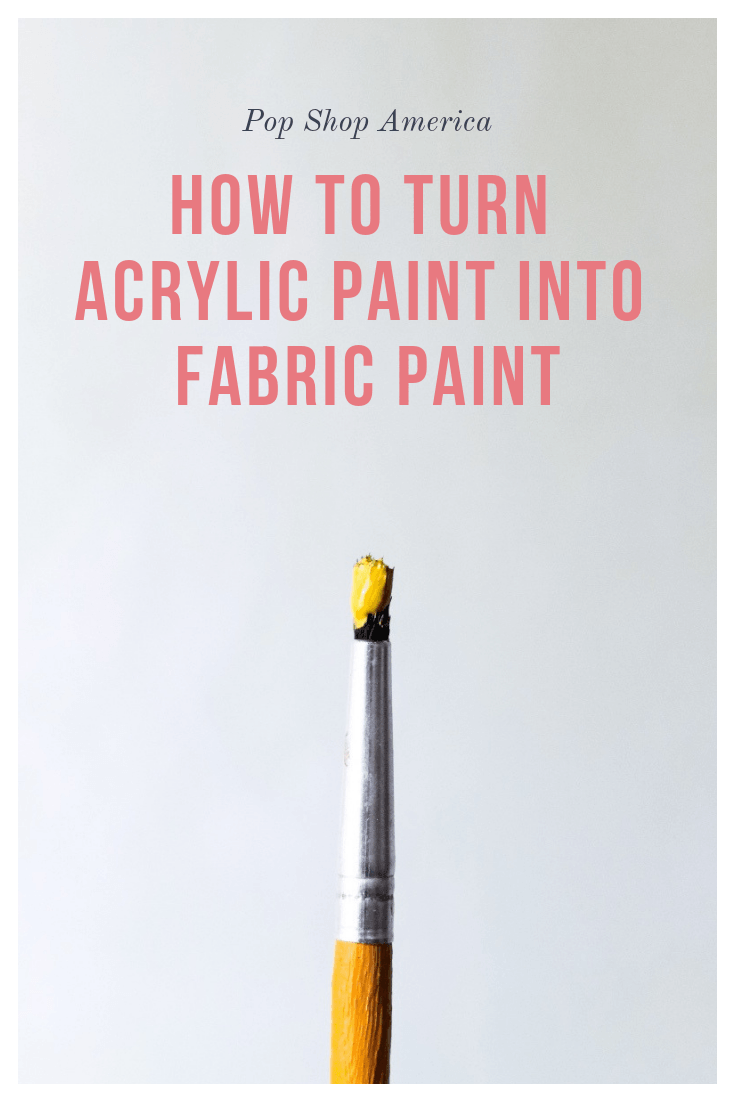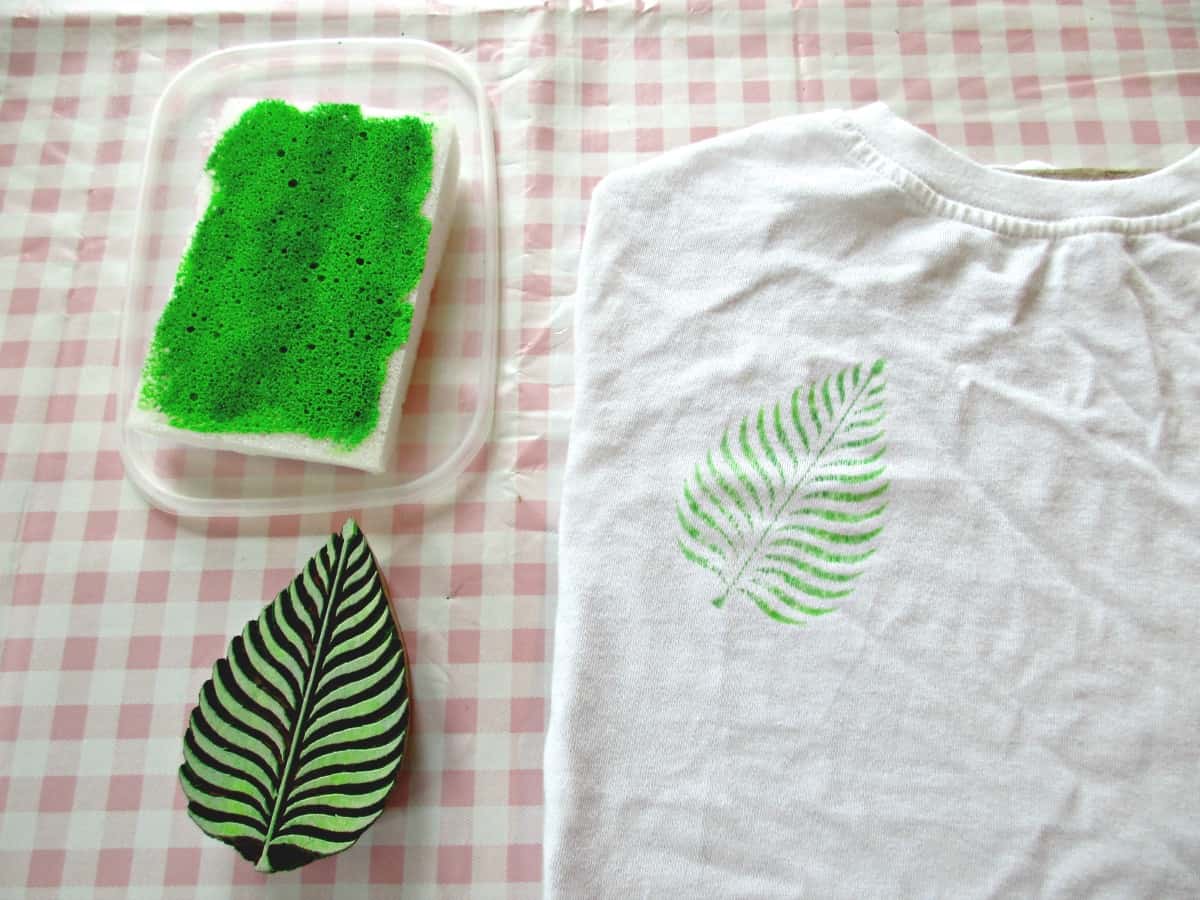Acrylic paint is versatile and fun to use. But can it work on fabric? Yes, it can! By following a few simple steps, you can make beautiful fabric art with acrylic paint. This guide will help you understand how to make acrylic paint work on fabric effectively.
Materials Needed
Before starting, gather all the materials you will need. Here is a list of items you will require:
- Acrylic paint
- Fabric medium
- Paintbrushes
- Palette or mixing tray
- Water
- Iron
- Wax paper or parchment paper
- Fabric (preferably cotton or polyester)
Step-by-Step Guide
Step 1: Prepare Your Workspace
Choose a clean, flat surface to work on. Cover it with old newspapers or a plastic sheet. This will protect your workspace from any paint spills.
Step 2: Wash And Dry The Fabric
Before you begin painting, wash and dry the fabric. This removes any chemicals or dirt that might be on the fabric. Clean fabric helps the paint adhere better.
Step 3: Mix Acrylic Paint With Fabric Medium
Acrylic paint alone is not flexible. It can crack when the fabric is bent. To avoid this, mix the paint with a fabric medium. The fabric medium makes the paint more flexible and durable. Follow the instructions on the fabric medium bottle for the correct ratio. Usually, it is one part fabric medium to two parts acrylic paint.
Step 4: Test On Scrap Fabric
Before painting on your main fabric, test the paint mixture on a scrap piece of fabric. This helps you see how the paint behaves and dries.
Step 5: Paint Your Design
Now, you are ready to paint your design on the fabric. Use your paintbrush to apply the paint mixture. Apply thin layers and allow each layer to dry before adding more. Thin layers prevent the paint from cracking.
Step 6: Let The Paint Dry
After you finish painting, let the fabric dry completely. This might take several hours or overnight. Make sure the paint is fully dry before moving on to the next step.
Step 7: Heat Set The Paint
To make sure the paint adheres well to the fabric, you need to heat set it. Place a piece of wax paper or parchment paper over the painted area. Use an iron set to medium heat. Press the iron on the painted area for about 3 to 5 minutes. Keep the iron moving to avoid scorching the fabric. Heat setting ensures that the paint remains on the fabric even after washing.
Step 8: Care For Your Painted Fabric
Wash the fabric gently to keep the paint intact. Use cold water and mild detergent. Avoid scrubbing the painted areas. Air dry the fabric instead of using a dryer.
Tips and Tricks
Here are some extra tips to help you get the best results:
- Use high-quality acrylic paint for vibrant and long-lasting colors.
- Choose a fabric that has a tight weave for a smoother painting surface.
- Experiment with different brushes to achieve various textures and effects.
- Consider using stencils for precise and intricate designs.

Credit: popshopamerica.com
Common Mistakes to Avoid
Avoid these common mistakes to ensure a successful project:
- Skipping the fabric medium step. Without it, the paint can crack and peel.
- Applying thick layers of paint. This can lead to cracking and uneven drying.
- Not heat setting the paint. This step is crucial for the paint to adhere properly.

Credit: craftinvaders.co.uk
Frequently Asked Questions
Can Acrylic Paint Be Used On Fabric?
Yes, acrylic paint works on fabric when mixed with a textile medium.
How Do You Set Acrylic Paint On Fabric?
Heat-set the paint using an iron or a clothes dryer.
Does Acrylic Paint Wash Off Fabric?
No, if properly heat-set, acrylic paint is permanent on fabric.
What Is A Textile Medium?
A textile medium is an additive that makes acrylic paint flexible on fabric.
Conclusion
Making acrylic paint work on fabric is easy if you follow these steps. With the right materials and techniques, you can create stunning fabric art. Remember to prepare your fabric, mix the paint with a fabric medium, and heat set the paint. Have fun and let your creativity shine!






